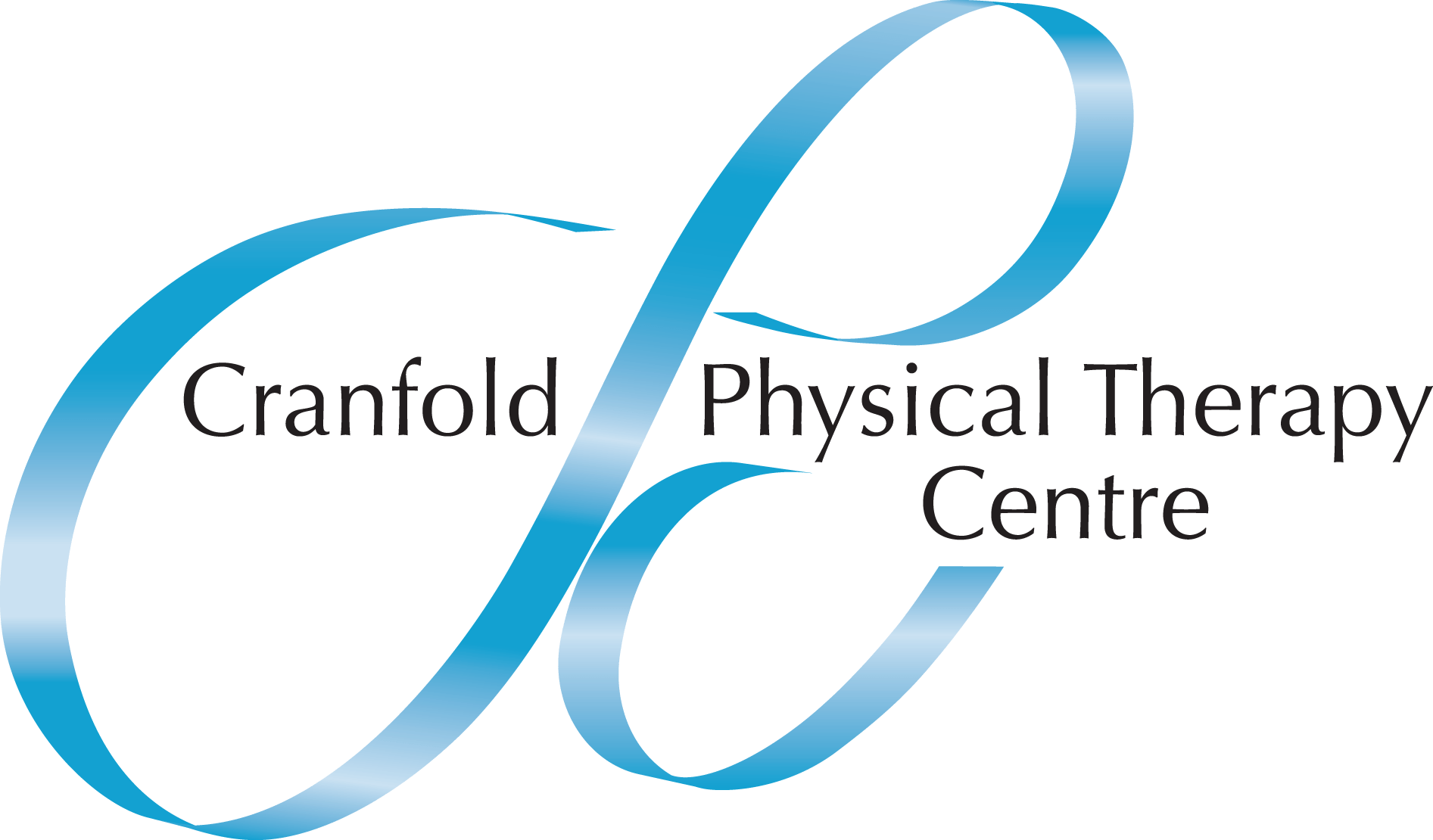Understanding the back
The lower back is defined as the space between the lower rib and top of the thigh. The spinal column is made up of vertebrae. These bones stack one on top of the other and are cushioned by shock absorbing discs. Each vertebra has 3 bony processes pointing away from the spine. The outside two processes form a small joint with the process below called facet joints.
Each level of the lower back is numbered, commonly referred to as L1 to L5. Along the whole spine are strong ligaments running across each joint and multiple layers of overlapping muscles. At the base of the spine is the sacrum or tail bone where L5 meets S1. The sacrum forms strong, stable joints with the pelvis, these are called the sacroiliac joints and they also have very powerful ligaments joining them.
Exiting the spine at multi-levels are the nerves that branch from our spinal cord down our leg. They are responsible for power and sensation of the lower limbs and genital areas.
What causes lower back pain?
The lower back is the region that often gets caught between a stiff, immobile upper back and less stable hips. Owing to the way we live nowadays; our spine is not exposed to all the planes of movement it is designed to tolerate. It therefore is susceptible to sprain and strain.
The most common issues people experience in their spines is related to the muscle and ligaments getting sprained or strained during a sudden change in demand on the back. The discs can also get injured, which is known as disc herniation or a disc bulge. If a large disc bulge develops, it can press on the nerve root nearby, which can cause nerve pain and weakness in the leg.
In rare cases the nerves that power our bladder, bowels and genital area can be compressed causing changes in sensation and loss of control over these areas. This is a rare condition known as Cauda Equina, something which our physios will always screen you for. Sometimes injury to the disc or overlying tissue can cause an acute inflammatory response which can irritate the nerve root, again causing nerve pain down the leg. In extreme cases, you can fracture the spine or more commonly experience symptoms associated with age related changes in the spine such as osteoarthritis.
Diagnosis of your back pain
With a good understanding of the cause and structure involved in your back pain, you can then get the right treatment and management plan for your condition.
Lower back pain can be diagnosed by taking a thorough history of your recent activity and lifestyle, a review of your medical history, and a thorough physical examination.
Imaging can sometimes be useful to rule out any structural damage following injury or serious pathology. It can also be useful if your symptoms are not responding to conservative management. Examples of imaging are x-ray, MRI or CT.
How to manage your lower back pain
If your lower back suddenly becomes painful, sometimes short-term relief is needed such as pain medication, topical non-steroidal gels, ice or heat treatment or modification of your activity levels. If the pain is persisting, then seeking input from a Physiotherapist is advised.
How can Physiotherapy help lower back pain?
A Physiotherapist will take a detailed case history to understand the cause and contributing factors to your back pain.
Often the Physiotherapist will assess your whole back and hip movements too. Where necessary, the physios might do a nerve exam to rule in or out nerve involvement. A passive assessment of the back joints combined with a movement screen is often done to identify any biomechanical factors contributing to your symptoms. This may involve a combination of simple spinal movements or looking at the functional tasks you are struggling with i.e. bending.
The Physiotherapist will then explain what they see and advise on the diagnosis and factors contributing to your pain picture.
Depending on your presentation and expectations of the appointment, the Physiotherapist will advise on any relevant short-term relief options such as optimising pain relief medication, manual therapy techniques i.e. soft tissue release or joint mobilisations. These hands-on techniques provide short term relief and can sometimes help to dampen down the secondary responses to pain such as muscle tightness.
The Physiotherapist will also suggest self-management advice i.e. how to modify your activities, simple movement strategies, or an exercise program to address any movement deficits. In some cases, the Physiotherapist may feel onward referral is necessary i.e. back to GP or to a specialist. This will always be a shared decision-making process and often there is lots you can be doing in the meantime.
